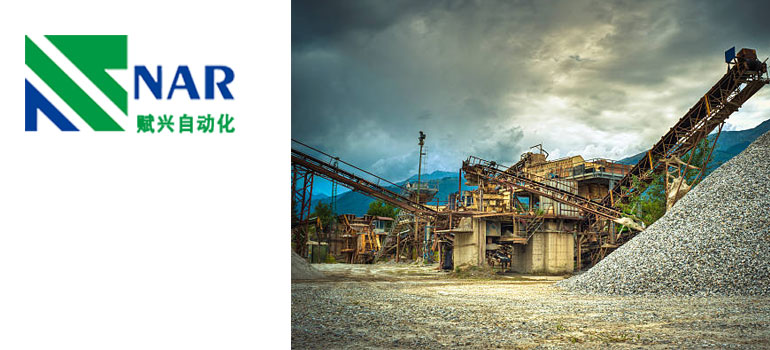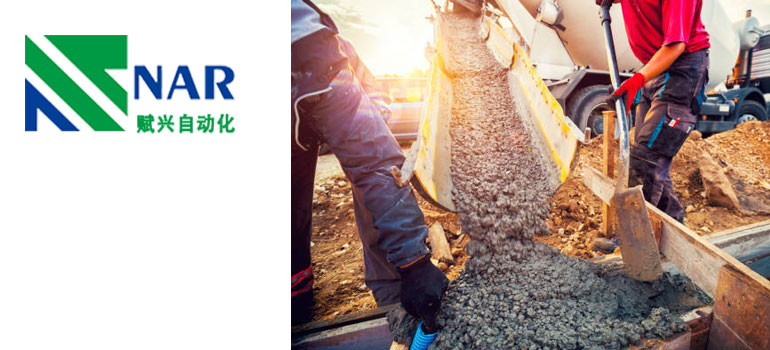Summary:
Things to consider when selecting a construction conveyor
Why choose construction conveyor?
What are the functions of dynamic DWS system?
The construction conveyor plays an important role in the construction projects in the construction industry.
In construction transportation, truck transportation of materials will be the first choice. But for the continuous output in the project, the construction transportation opportunity is a better choice. This article will take you to understand the relevant characteristics of the construction conveyor.
Why choose construction conveyor?

In large facility projects, building conveyors are the best choice. The construction conveyor can transport bulk materials, rocks and construction rocks quickly and efficiently.The building conveyor has a certain height, which not only occupies a small space, but also will not affect the existing traffic flow. It does not need to install drivers and has little impact on the environment.
If properly designed according to requirements, the conveyor can be combined with other types of conveyors as required, which can improve the flexibility of material deposition.
Precautions for selection of construction conveyor
Getting the right conveyor for a project or application requires addressing many aspects of design and construction. However, the key points to consider at the beginning are:
- l Material characteristics and requirements
- l Transportation distance and route
- l Restrictions
- l Environment
- l Timeline
Material characteristics and requirements
In the construction industry, the weight and volume of materials transported are the primary considerations. In addition, it is also necessary to know whether the material is wet and viscous, so as to better install the conveyor scraper.
If the material has other characteristics, you need to reconsider the installation scheme. For example, the abrasive material needs to be installed with a stronger belt cover or idler.
The application of the loose bulk density of the material gives the required truck load or the rate at which the conveyor moves the bulk material.
Transportation distance and route
The characteristics of the material determine the total weight that the conveyor will transport, and therefore the power and torque required by the drive. The density and angle of repose of the material also determine the speed of the conveyor belt.
Choosing a wider belt can effectively prolong the service life of components than a higher speed. Waterways are particularly worrisome because of the risk of contamination caused by material spillage, especially when moving potentially toxic materials. The minimum height also applies.
Restrictions
Regulators often impose restrictions on working hours at construction sites, and sometimes on noise and dust emissions. This is where construction conveyors have significant advantages over front-end loaders or haul trucks. As the conveyor causes less disturbance, it can simplify and speed up the project approval process, and even extend the running time.
Environment
When preparing the conveyor project, you need to consider its geographical location. Wind, rain, temperature and dust are all factors to be considered when designing the conveyor. In addition, the installation of conveyors in urban areas may pose additional challenges.
However, any environmental factors need to be incorporated into the conveyor solution.
Project time
The service life of the construction conveyor will also affect the tonnage of its conveying capacity with the duration of the project, in addition, it will also have more financial impact.
Understand the above factors to better complete the conveyor solution.

